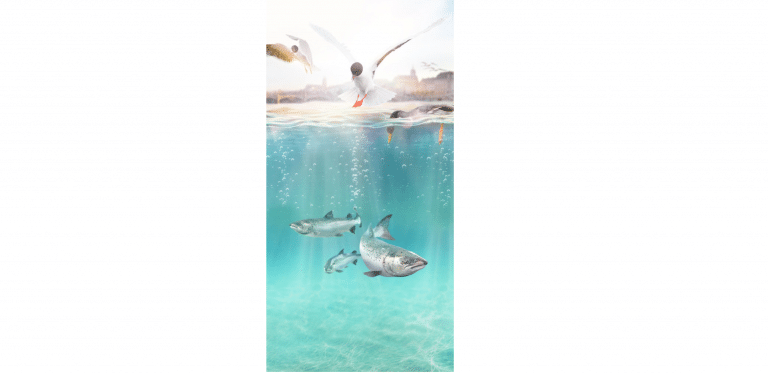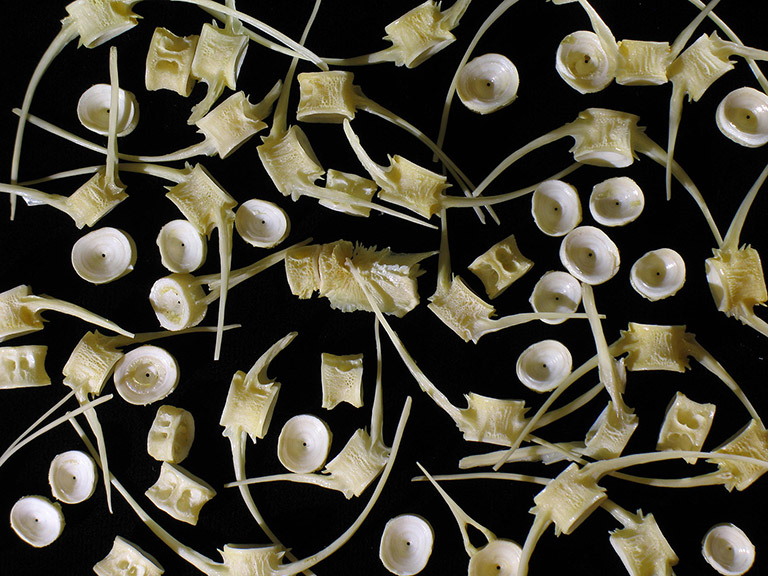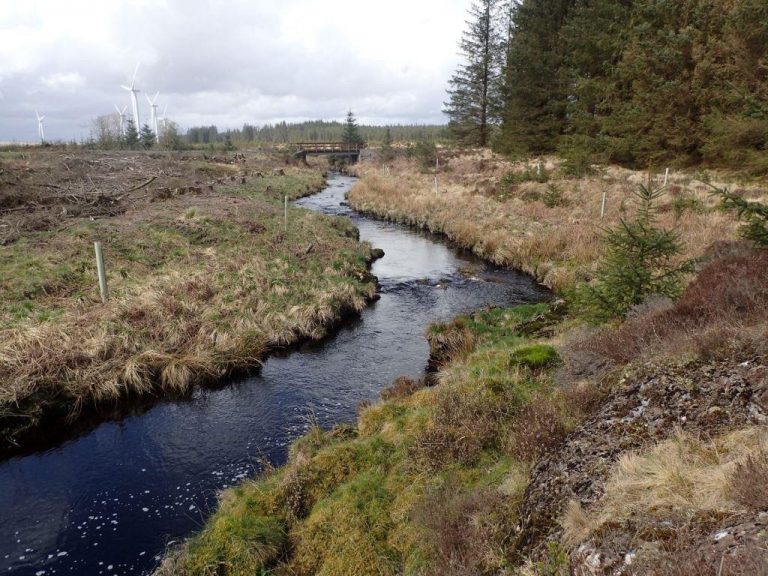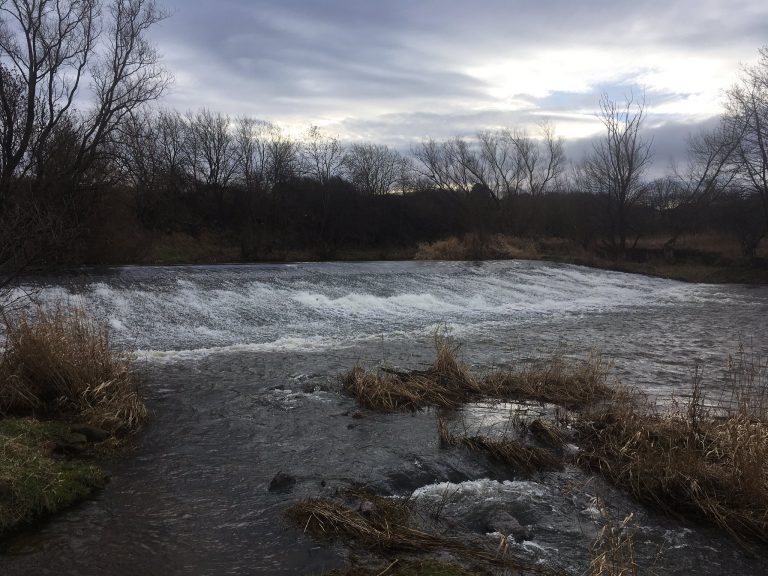
Salmon Comeback
The goal of the “Salmon Comeback!” campaign is the return of the Atlantic salmon to the whole of the upper Rhine river basin. Originally the

Details
Organization
Resources
Collaborating Organizations

The goal of the “Salmon Comeback!” campaign is the return of the Atlantic salmon to the whole of the upper Rhine river basin. Originally the

The Galloway Fisheries Trust (GFT) work on salmon population in SW Scotland. The main limiting factor in freshwater for Atlantic salmon populations in Galloway is

An ambitious project working across many sectors (Scottish Environment Protection Agency, Fife Council, SNH and local community groups) to improve the lives of people (and
This is your chance to join like-minded people across the Northern Hemisphere to make a difference.
Register your salmon events or projects with us.